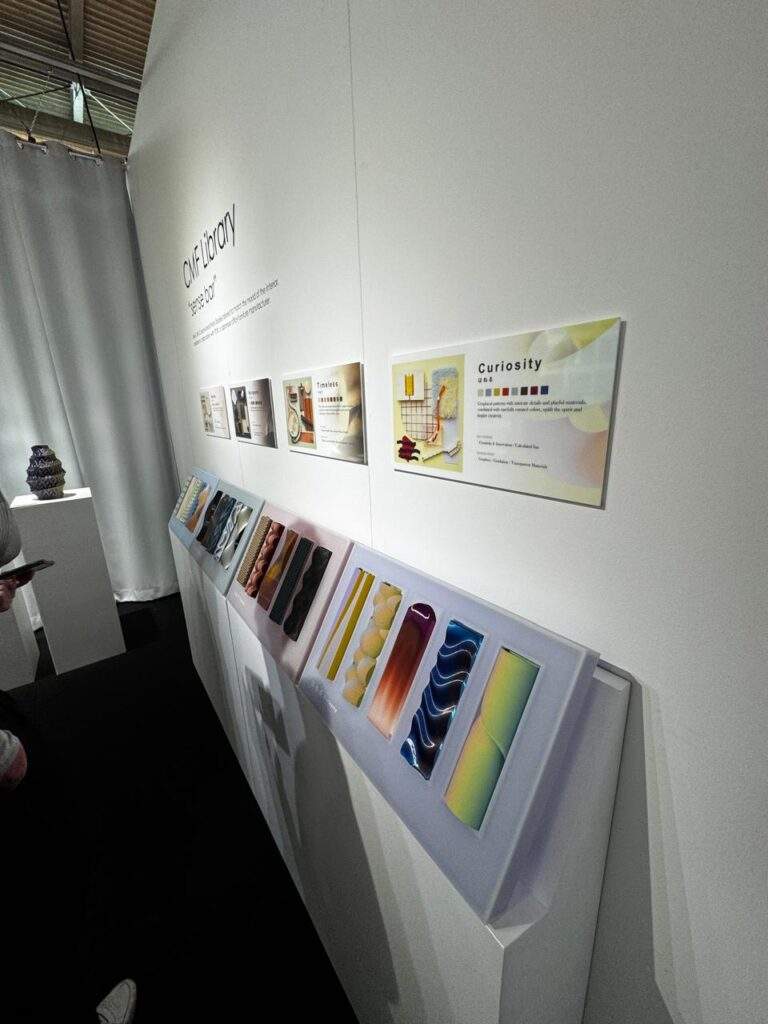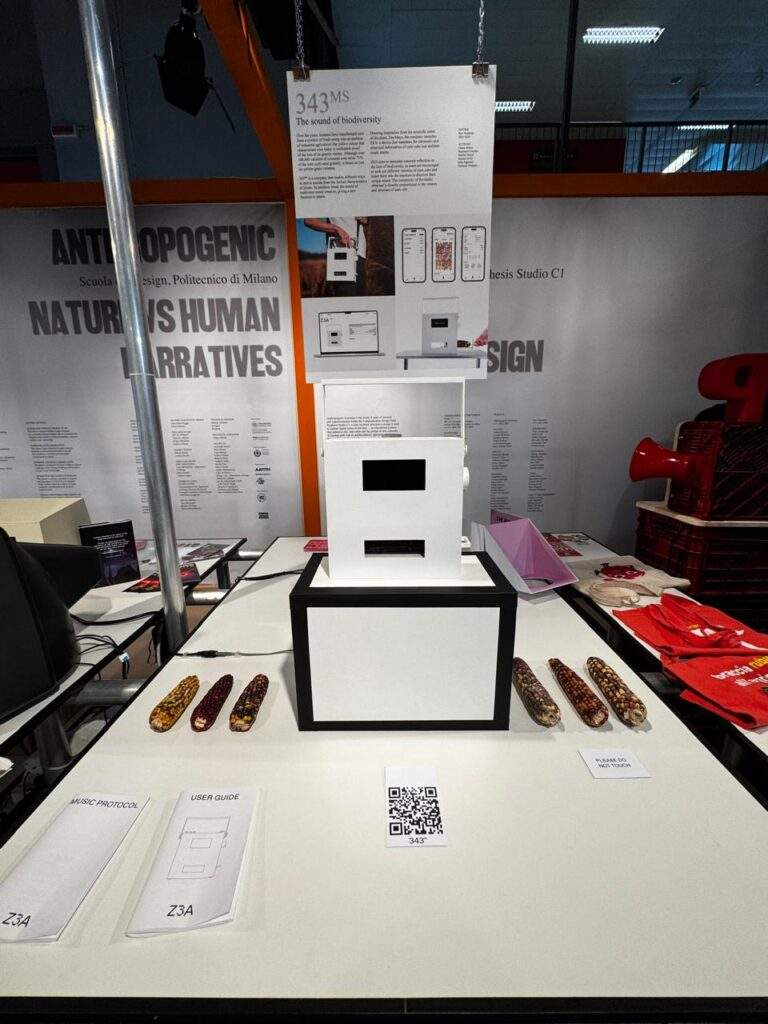By now, it’s clear that Artificial Intelligence is not coming—it’s already here. From generative design to algorithm-driven planning and smart cities, architecture and product design are undergoing radical shifts. And yet, as we walked through the expansive installations of Salone del Mobile 2025, a question surfaced with more urgency than ever: Where is AI in furniture?
The Contrast: AI in Architecture vs. Furniture
This year’s Salone featured multiple pavilions and panels that explored AI’s impact on urbanism and architectural thinking. Platforms like Autodesk and Morpholio unveiled AI-assisted planning tools, while architects discussed machine-learning-led massing studies and energy optimization workflows.

But in the furniture sector? The shift felt… tentative. Despite the promise of smart living and responsive interiors, the application of AI in furniture manufacturing, design, and user interaction was minimal, almost subdued.
A Market Lag or a Strategic Pause?
Why the slow uptake?
Some insiders speculate that the furniture industry, especially in Europe, is still deeply rooted in artisanal traditions and mechanical engineering. Manufacturers pride themselves on heritage, material craftsmanship, and aesthetic lineage—areas where AI still feels intrusive or out of place.

Others suggest that while AI is making waves in predictive marketing, logistics, and digital prototyping, its leap into tangible consumer-facing furniture has yet to occur. There’s a clear gap between AI’s conceptual buzz and its physical application.
What We Did See: Glimmers of Smartness
That said, there were scattered glimpses:
- Motion-responsive seating systems that adjusted based on weight distribution (seen at Sede+ and Nuvist).
- Sensor-integrated light panels in furniture that reacted to human proximity or ambient light.
- A handful of interactive surface materials that recorded touch gestures or changed opacity.
But these were isolated experiments, not an industry trend. Most manufacturers stuck to analog modularity, artisanal finishes, and timeless forms.
Is the Industry Afraid—or Just Not Ready?
It’s worth considering that AI in design, while fascinating, brings complexity. Furniture isn’t just software—it’s lived in. Users demand reliability, durability, and a human relationship with space.
Design theorist Martina Lenzini from Politecnico di Milano argues: “AI still lacks a design grammar that resonates emotionally. Until it can embed into the language of tactility and materiality, it will remain a tool, not a presence.”
Moreover, issues of data privacy, sensor fatigue, and software obsolescence may also explain why furniture makers are watching from the sidelines rather than jumping in.

What’s Coming: The Next Wave?
However, many predict that the next 3–5 years will see an AI shift in:
- Custom furniture design based on room scanning and user behavior.
- Predictive wear analysis to extend product lifespan.
- AI-driven materials that adjust porosity, color, or stiffness in real-time.
Startups like Tylko (Poland) and Livspace (India) are experimenting with AI for user-personalized furniture solutions, while tech giants are investing in spatial computing and home sensors.
Final Thought: The Silence Before the Surge
Salone del Mobile 2025 didn’t lack AI because it’s not important. It lacked AI because the industry still treats it as optional—not inevitable.
But just as architecture embraced algorithmic thinking, furniture will too. Slowly, then all at once.
Until then, we live in the tension between analog beauty and digital potential.







